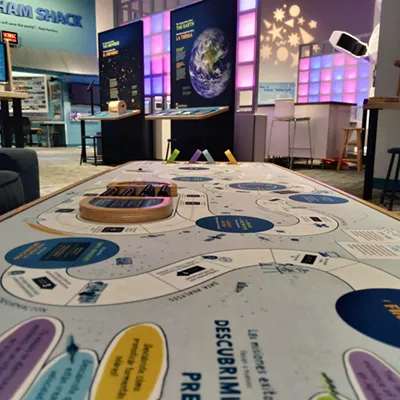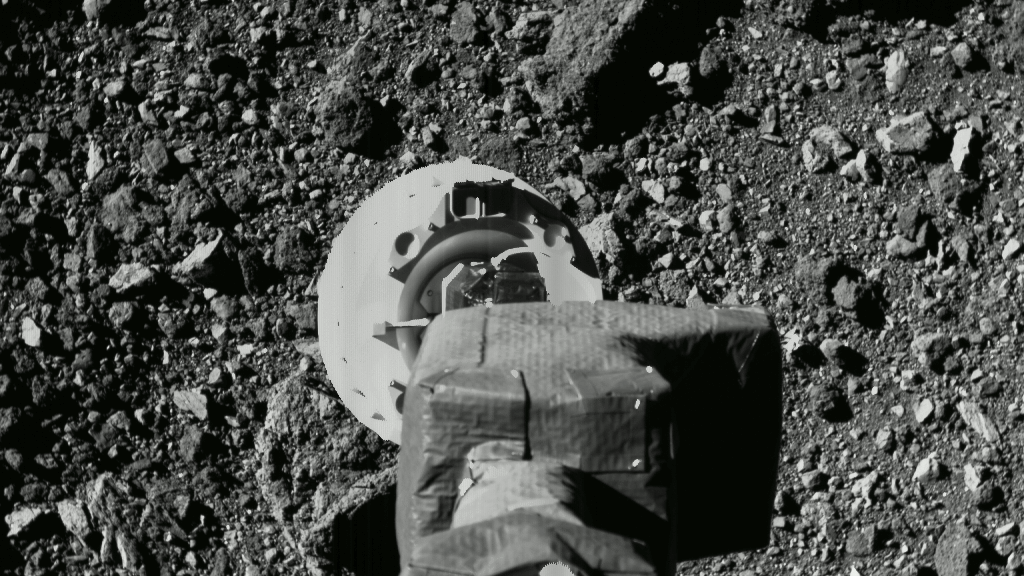Over those seven minutes, the Phoenix hit the Martian atmosphere at an estimated 38,000 miles per hour and had to execute a number of high-risk maneuvers before rocket thrusters allowed it to touch down on the northern Arctic plains of Mars. Confirmation of the landing came as scheduled at 4:53 p.m.
The Phoenix team at the UA's Lunar and Planetary Lab, which is in charge of the science mission, has now begun its 92-day mission.
"The seven minutes of terror will now be followed by three months of joy," said Barry Goldstein of the Jet Propulsion Laboratory at a Monday-morning press conference.
The Phoenix team, which is headed up by Peter Smith of the Lunar and Planetary Lab, was posting photos from the spacecraft's Surface Stereo Imager within hours of Sunday's landing. The first images were of the solar panels that power the Phoenix, which had properly unfolded.
Dozens of additional images of the Martian surface have been transmitted and posted on the LPL's Web site.
The LPL's HiRISE camera aboard the Mars Reconnaissance Orbiter managed to snap a photo of the Phoenix as it descended to the planet's surface. It's the first time one spacecraft has snapped a photo of another spacecraft landing on another planet.
Alfred McEwen, who heads up the HiRISE mission, was clearly thrilled by the photo, which was taken when the MRO was about 760 kilometers from the Phoenix.
"This one is really unique," says McEwen, who put it among his Top 10 favorite photos from the HiRISE.
The HiRISE was also able to capture an image of the Phoenix on the surface of Mars.
The Phoenix was expected to continue taking photos this week while calibrating and testing the other instruments on the lander.
The weather station aboard the Phoenix, which is being operated by the Canadian Space Agency, was already sending reports by the end of the day Monday; the high temp at the landing site was minus 22 degrees Fahrenheit, while the low was minus 112 degrees Fahrenheit.
The robotic arm aboard the laboratory is expected to begin scooping samples of the Martian soil next week. The arm will deliver the mix of frozen soil and ice to the onboard robot labs for analysis.
Each morning, a crew at Mission Control will send instructions to the Phoenix, which will then perform the maneuvers and send back data in the afternoon. The team reported on Tuesday that there were technical difficulties preventing the Phoenix from communicating with the Mars Reconnaissance Orbiter, which relays the signals, but they expected that it was a temporary glitch that would quickly be resolved.
The mission is scheduled to last 90 Martian days (which amounts to about 92 days as we Earthlings measure time), but scientists say they will continue experiments until the sun dips too low to continue powering the robotic lab.
"We're gonna operate until Mars freezes over," said Goldstein.











